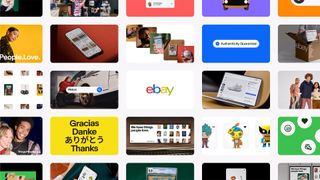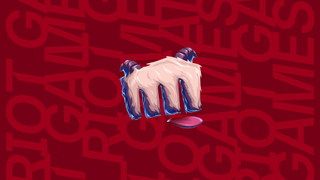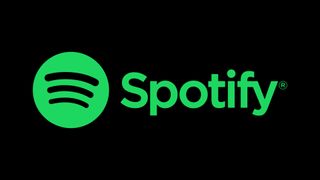Is the logo dead?
Associate creative director for global branding firm Siegel+Gale Michael Preston on why brands can’t survive without a visual identity.
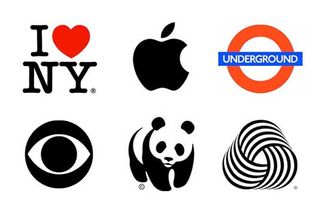
"The logo is dead." If you're a designer, you may have heard this recently (or said it yourself in a jaded rant to uninterested friends or coworkers). It's a notion that's gaining traction. Those responsible for developing brand logos are starting to wonder if they matter as much as they used to.
And with good reason. Traditionally, logos have been static symbols or logotypes that were created by corporations as the embodiment of their brands. Think of Saul Bass' AT&T globe or Paul Rand's IBM logotype. Logos back then played an enormous role. You could argue they were the brand.
Visual identity is no longer logo-centric
But in today's world, logos are not brands. While they may still be a central element, they are part of a larger picture. Brands today are comprised of many unique identifying elements (colour, typography, graphic elements, photography, tone of voice, messaging, advertising, packaging, signage, retail design, sound design, jingles, mascots, catchphrases... the list goes on) coming together to tell a cohesive story and create a cohesive experience.

Maybe logos are no longer the entire brand, but they still play a critical role in the brand's visual identity. Even with all of the other elements, brands simply wouldn't exist without some kind of logo to tie everything together.
And now, brand logos can do more than ever before. As technology advances, brands are evolving in the digital space, and logos no longer have to be static and lifeless. Brands like MIT, Aol, Nordkyn, The City of Melbourne, the Brooklyn Museum, and the New Museum are starting to push the boundaries of what a logo can do and how they live within the experience. They can continuously change, flex, generate, and personalize.
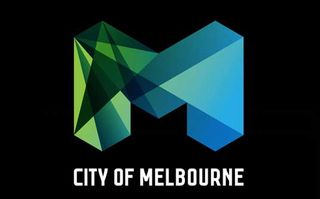
Logos are part of the brand experience
So are logos really dead? Gone? Extinct? I'd say no — their role and function have just evolved. That's right, everyone, you can rejoice; the logo is very much alive!
That's right, everyone; the logo is very much alive!
And it turns out, people are really passionate about them.. With super-fun things like the Internet and social media, those passions and opinions (and hilarious memes) have become louder than ever before. And brands are listening.
In cases like the 2016 Hillary Clinton presidential campaign, Gap, and the University of California, we've not only learned how much passion people have for the logos in their life, but we've also learned how much influence they can have over their existence. Changing a logo on its own without really considering the holistic experience can lead to some serious consequences.

So the logo is alive and people typically hate it when you mess with them. Does that mean they can never change? Not at all. But in order to find success, there are some things that should be considered...
Next page: six top logo tips...

Thank you for reading 5 articles this month* Join now for unlimited access
Enjoy your first month for just £1 / $1 / €1
*Read 5 free articles per month without a subscription

Join now for unlimited access
Try first month for just £1 / $1 / €1
Get top Black Friday deals sent straight to your inbox: Sign up now!
We curate the best offers on creative kit and give our expert recommendations to save you time this Black Friday. Upgrade your setup for less with Creative Bloq.
The Creative Bloq team is made up of a group of design fans, and has changed and evolved since Creative Bloq began back in 2012. The current website team consists of eight full-time members of staff: Editor Georgia Coggan, Deputy Editor Rosie Hilder, Ecommerce Editor Beren Neale, Senior News Editor Daniel Piper, Editor, Digital Art and 3D Ian Dean, Tech Reviews Editor Erlingur Einarsson and Ecommerce Writer Beth Nicholls and Staff Writer Natalie Fear, as well as a roster of freelancers from around the world. The 3D World and ImagineFX magazine teams also pitch in, ensuring that content from 3D World and ImagineFX is represented on Creative Bloq.

